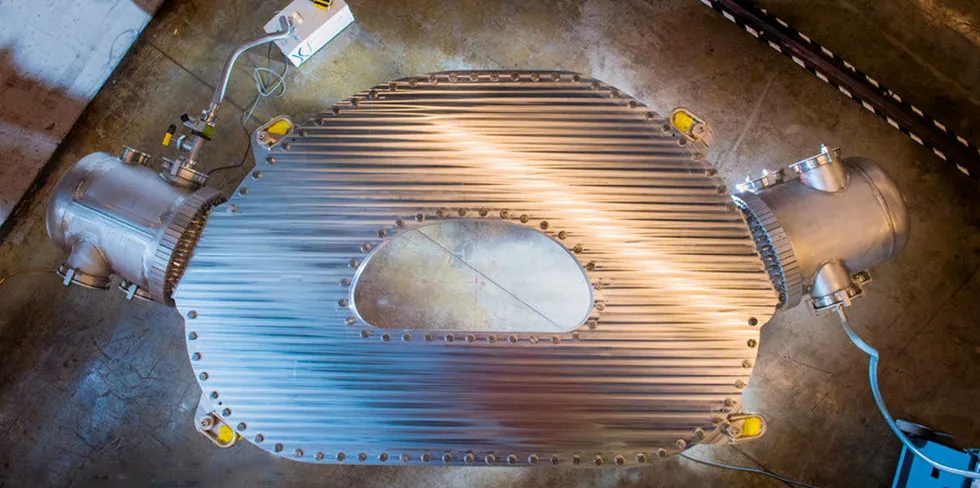Nuclear fusion 'watershed' claim as team backed by Bill Gates and oil giants eyes limitless zero-carbon energy
Record magnetic field clears key hurdle to demonstration of 'net energy' production say CFS and MIT researchers

Record magnetic field clears key hurdle to demonstration of 'net energy' production say CFS and MIT researchers
